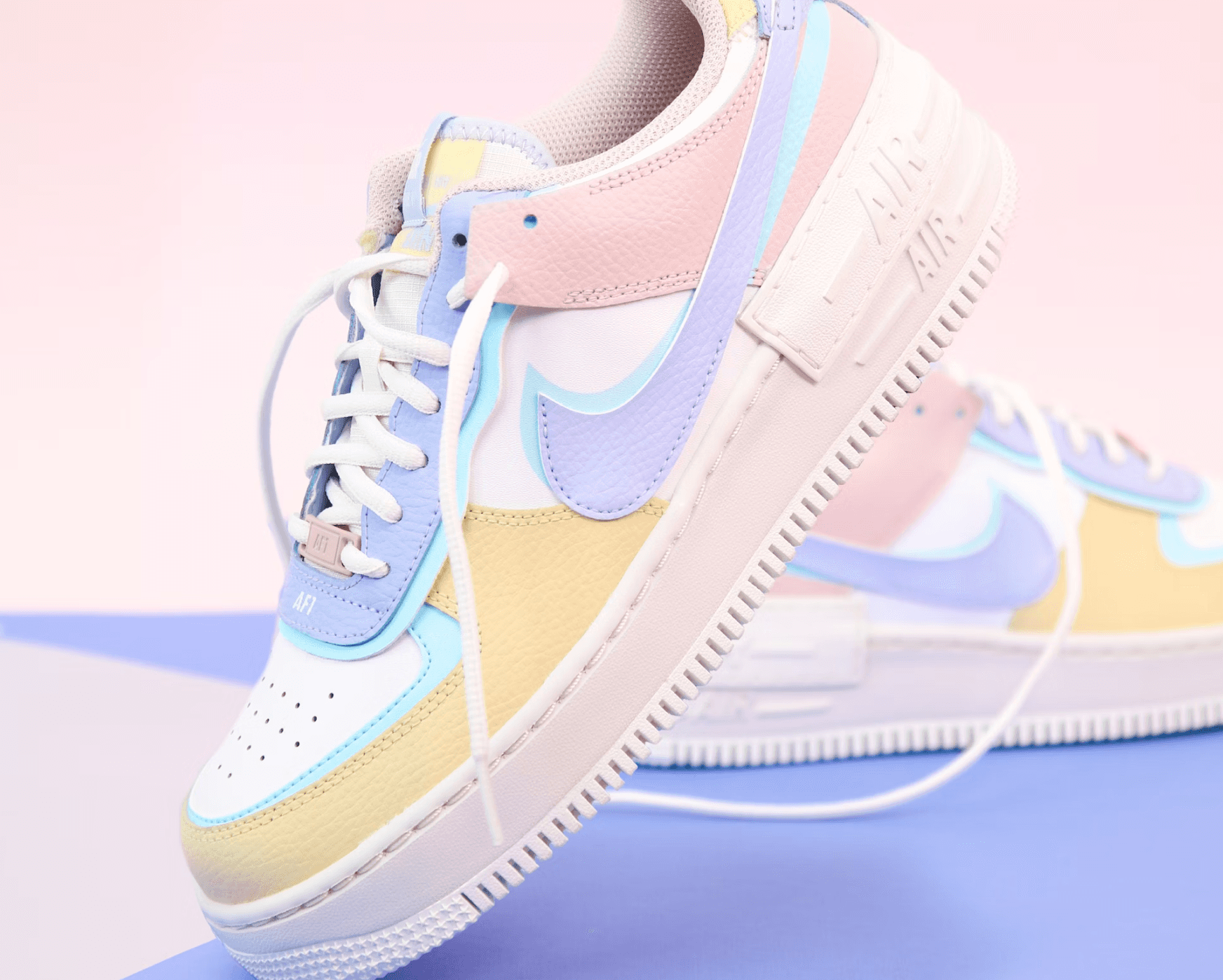UI/UX Design
Create engaging UI/UX designs that prioritize user demands, intuitive interfaces, branding, iterative prototyping, and accessibility to promote diversity.



UI/UX Design
Create engaging UI/UX designs that prioritize user demands, intuitive interfaces, branding, iterative prototyping, and accessibility to promote diversity.

Understanding User Needs
To design effectively, you must understand your target audience's desires and challenges. Dive deep into their psychology to discover motives, pain points, and expectations. To gain important insights, take a thorough approach that includes research, user interviews, and surveys. These insights serve as the foundation for informed design decisions, ensuring that your solutions resonate with users.
Intuitive Interface Design
Create intuitive and user-friendly interfaces so that users may effortlessly browse the program or website. To streamline the user experience, follow the principles of simplicity, consistency, and clarity.

Visual Appeal and Branding
Infuse your designs with visually attractive aspects while remaining faithful to the brand's essence. Use color theory, typography, images, and iconography to elicit desired emotions and create a memorable visual language.
Iterative Design
Prototype your designs to visualize the user flow and interactions, which will enable for early feedback and iteration. Adopt an iterative design methodology in which you constantly refine and improve your designs.
Accessibility and Inclusivity
Make sure your designs are accessible to all users, regardless of ability or device. To develop inclusive experiences that cater to varied user needs, adhere to accessibility best practices such as proper use of alt text, keyboard navigation, and contrast ratios.
Understanding User Needs
To design effectively, you must understand your target audience's desires and challenges. Dive deep into their psychology to discover motives, pain points, and expectations. To gain important insights, take a thorough approach that includes research, user interviews, and surveys. These insights serve as the foundation for informed design decisions, ensuring that your solutions resonate with users.
Intuitive Interface Design
Create intuitive and user-friendly interfaces so that users may effortlessly browse the program or website. To streamline the user experience, follow the principles of simplicity, consistency, and clarity.

Visual Appeal and Branding
Infuse your designs with visually attractive aspects while remaining faithful to the brand's essence. Use color theory, typography, images, and iconography to elicit desired emotions and create a memorable visual language.
Iterative Design
Prototype your designs to visualize the user flow and interactions, which will enable for early feedback and iteration. Adopt an iterative design methodology in which you constantly refine and improve your designs.
Accessibility and Inclusivity
Make sure your designs are accessible to all users, regardless of ability or device. To develop inclusive experiences that cater to varied user needs, adhere to accessibility best practices such as proper use of alt text, keyboard navigation, and contrast ratios.
Understanding User Needs
To design effectively, you must understand your target audience's desires and challenges. Dive deep into their psychology to discover motives, pain points, and expectations. To gain important insights, take a thorough approach that includes research, user interviews, and surveys. These insights serve as the foundation for informed design decisions, ensuring that your solutions resonate with users.
Intuitive Interface Design
Create intuitive and user-friendly interfaces so that users may effortlessly browse the program or website. To streamline the user experience, follow the principles of simplicity, consistency, and clarity.

Visual Appeal and Branding
Infuse your designs with visually attractive aspects while remaining faithful to the brand's essence. Use color theory, typography, images, and iconography to elicit desired emotions and create a memorable visual language.
Iterative Design
Prototype your designs to visualize the user flow and interactions, which will enable for early feedback and iteration. Adopt an iterative design methodology in which you constantly refine and improve your designs.
Accessibility and Inclusivity
Make sure your designs are accessible to all users, regardless of ability or device. To develop inclusive experiences that cater to varied user needs, adhere to accessibility best practices such as proper use of alt text, keyboard navigation, and contrast ratios.
Understanding User Needs
To design effectively, you must understand your target audience's desires and challenges. Dive deep into their psychology to discover motives, pain points, and expectations. To gain important insights, take a thorough approach that includes research, user interviews, and surveys. These insights serve as the foundation for informed design decisions, ensuring that your solutions resonate with users.
Intuitive Interface Design
Create intuitive and user-friendly interfaces so that users may effortlessly browse the program or website. To streamline the user experience, follow the principles of simplicity, consistency, and clarity.

Visual Appeal and Branding
Infuse your designs with visually attractive aspects while remaining faithful to the brand's essence. Use color theory, typography, images, and iconography to elicit desired emotions and create a memorable visual language.
Iterative Design
Prototype your designs to visualize the user flow and interactions, which will enable for early feedback and iteration. Adopt an iterative design methodology in which you constantly refine and improve your designs.
Accessibility and Inclusivity
Make sure your designs are accessible to all users, regardless of ability or device. To develop inclusive experiences that cater to varied user needs, adhere to accessibility best practices such as proper use of alt text, keyboard navigation, and contrast ratios.